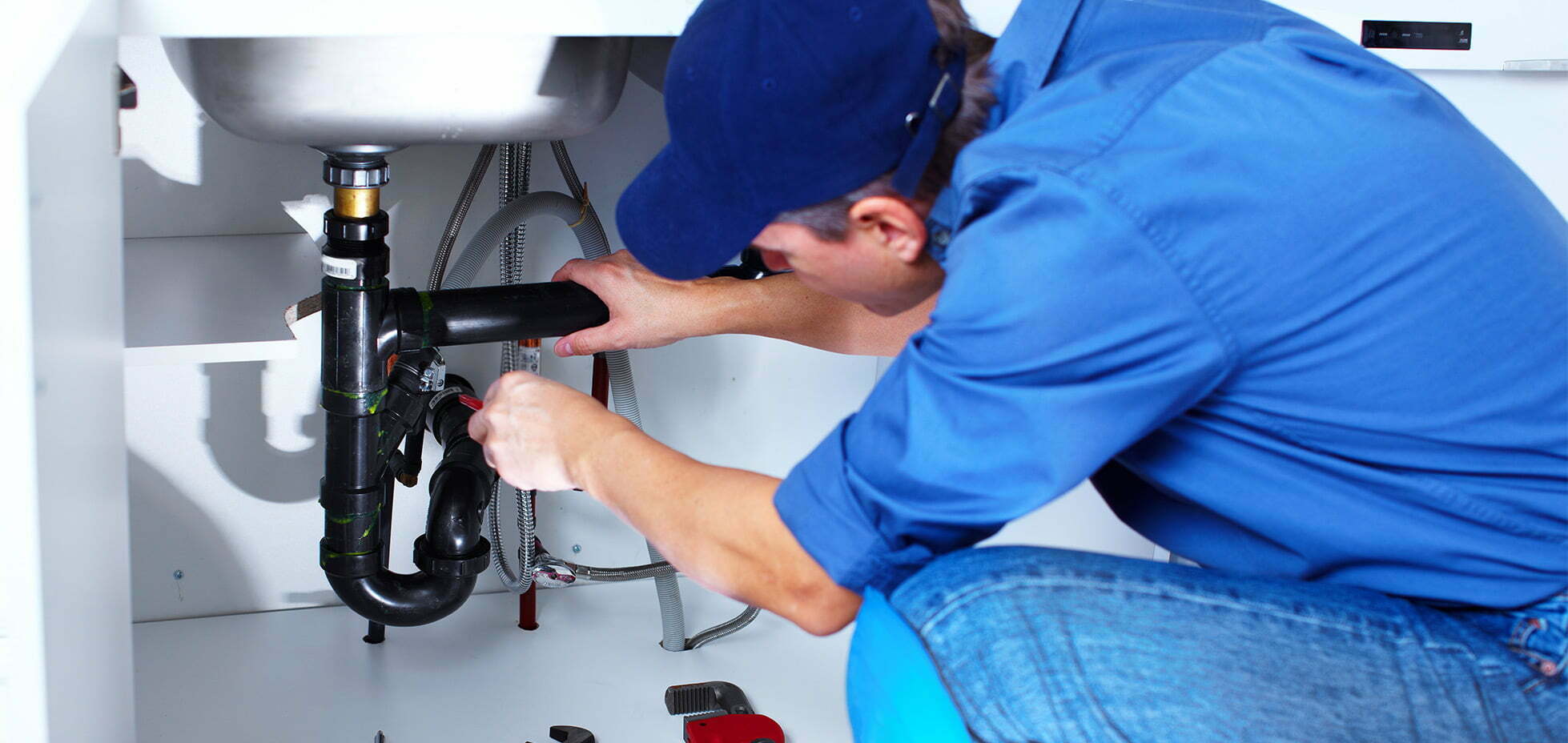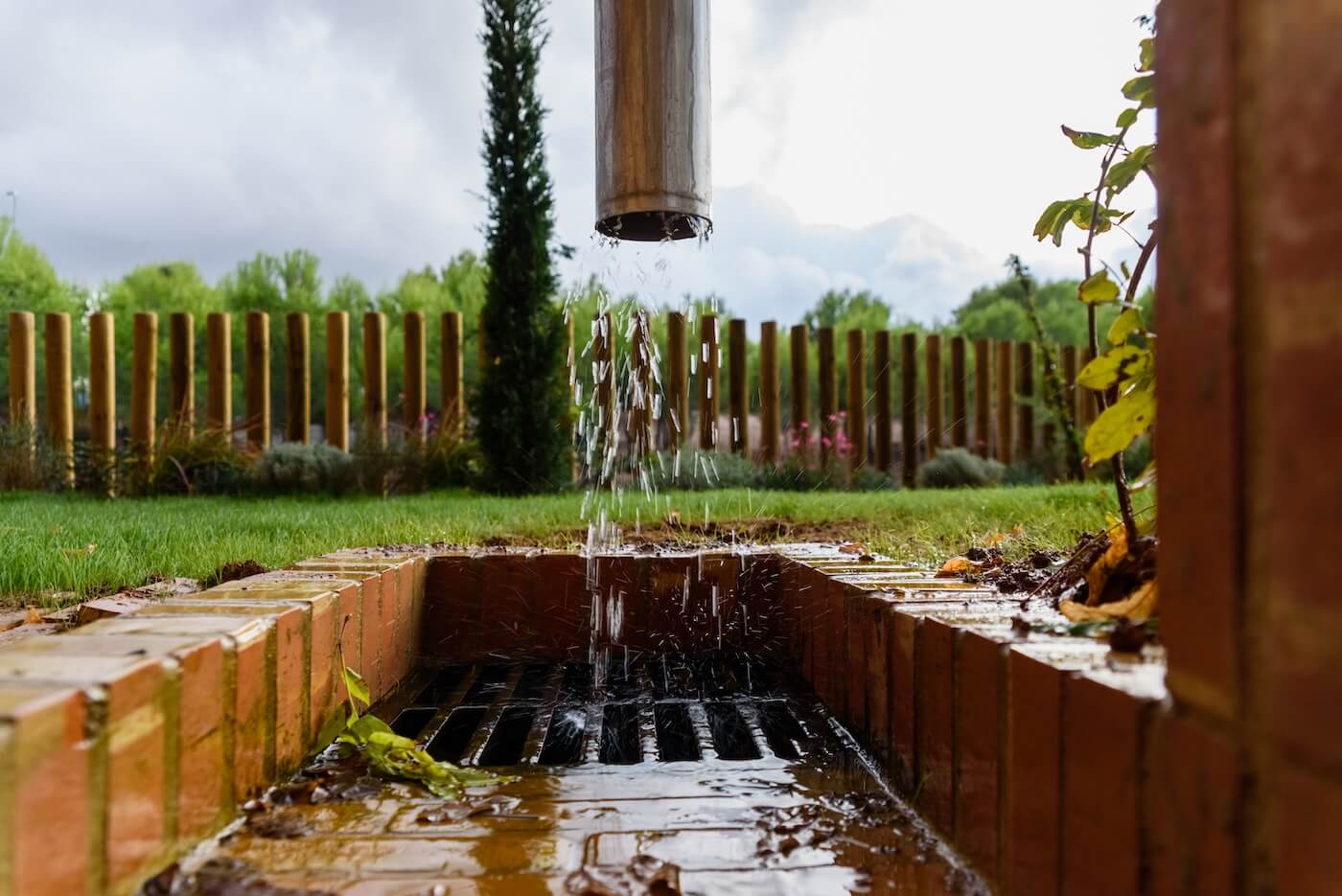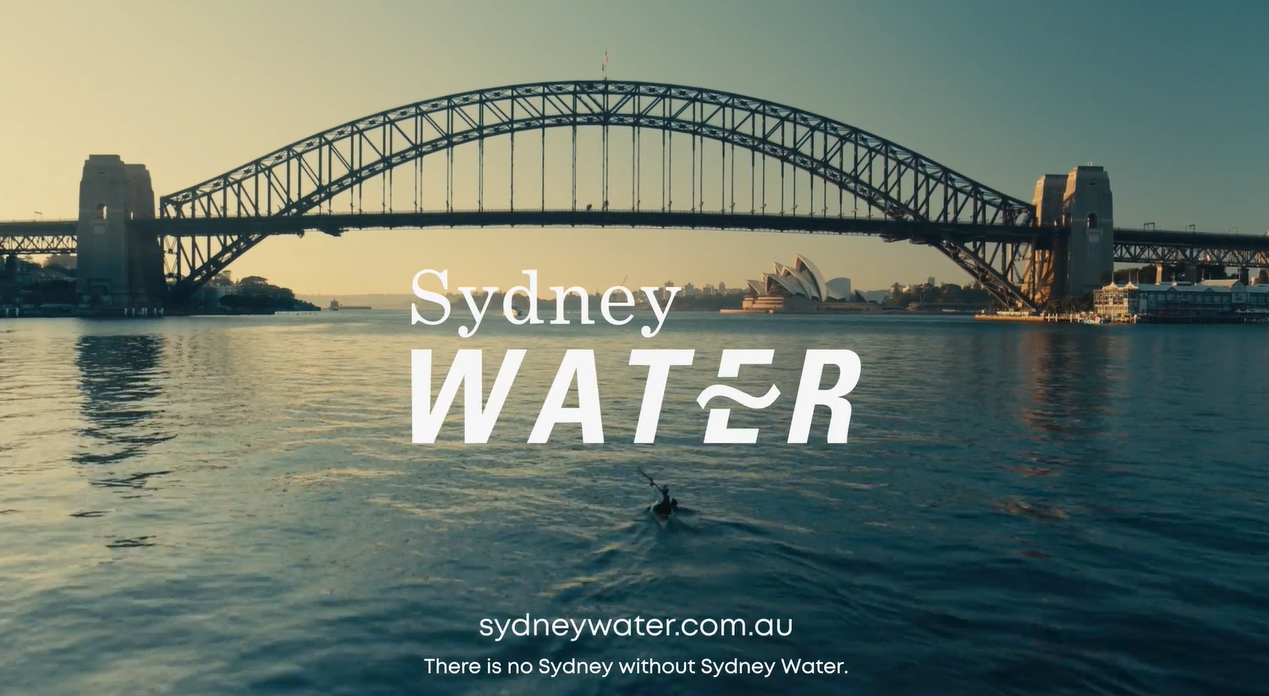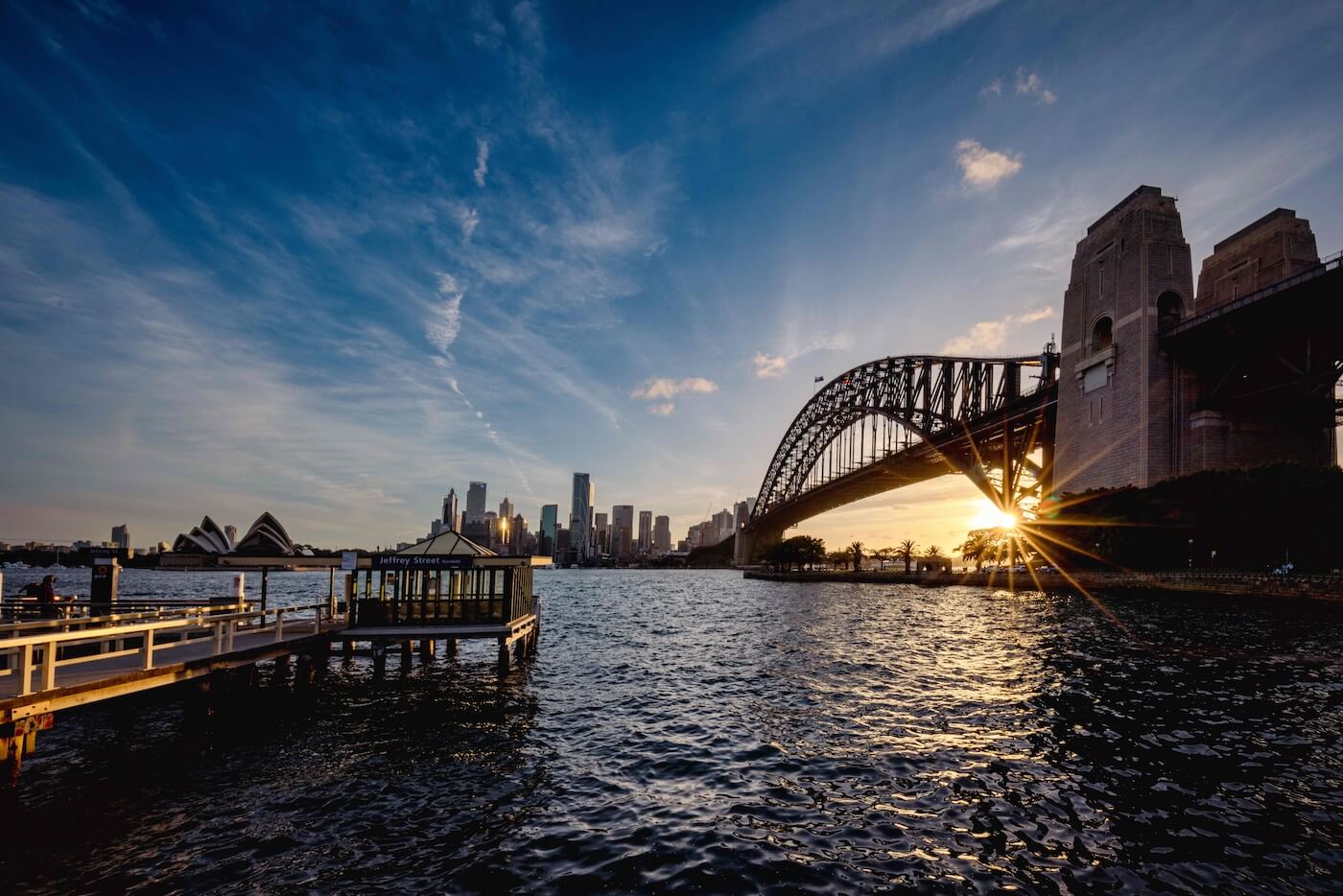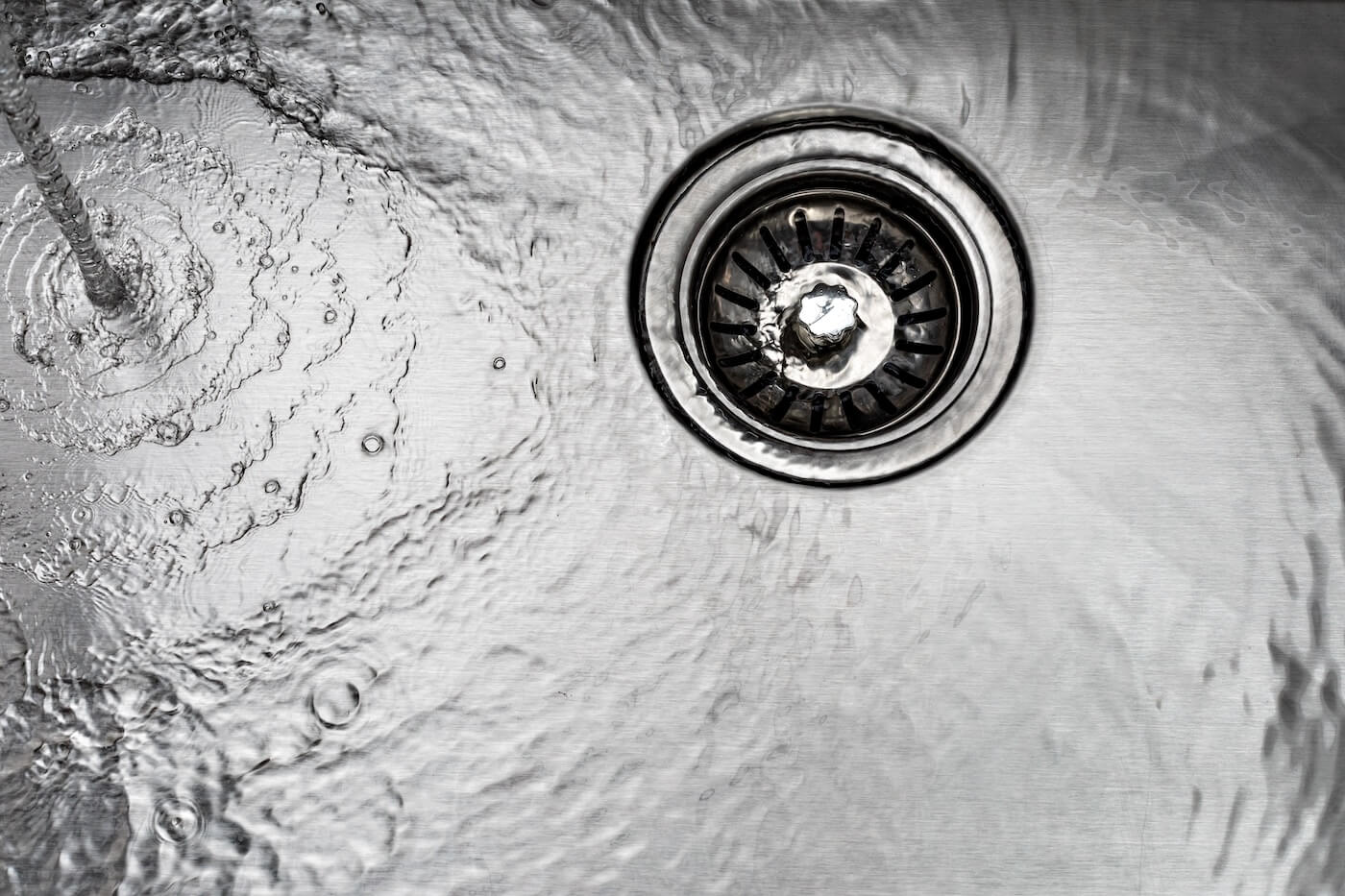Identifying the party responsible for blocked drains in a rental property is tricky and usually depends on a few factors. Generally speaking, it’s the landlord’s responsibility to ensure the maintenance of his property’s plumbing system, and that includes a choked-up drain.
However, it’s a different story when the tenant caused the blocked drain. His negligence will make him responsible for the costly repairs. In such cases, the landlord must prove the tenant’s neglectfulness to hold him (the tenant) accountable for the packed drain.
Common Reasons for a Blocked Drain
According to QBE claims data, clogged drains accounted for a further 13.4 per cent of water damage in 2021.
Blocked drains are among the most common plumbing issues in rental houses or commercial buildings. Here are the recurring reasons for a blocked sewer drain:
External Blockages
Foreign objects like dirt, leaves, and tree root intrusion are some major blockages that cause drain blockages. Keep drain openings closed to prevent debris from entering to prevent blocked drains.
Internal Blockages
Food waste or food scraps, such as fruit or vegetable peels, can get stuck in the kitchen sink and create a foul smell, leading to blocked drains. The same thing goes when you pour grease or fatty substances down the drain, causing further damage.
Other common causes of blocked drains may include hair and sediments that build up. Old pipes or cracked pipes also cause drain blockages when minerals or tiny pebbles enter the cracks, potentially damaging the plumbing system.
The cost to clear a blocked drain ranges between $80 to $20,000, from unblocking a toilet or kitchen drain to replacing the entire drainage system.
Landlord or Tenant: Who pays for blocked drain fixes?
More often than not, landlords were the ones who paid for blocked drain repairs in his property. Before tenants move into the area, landlords should ensure the drains are in perfect condition and working properly.
Property owners are likewise responsible for regularly maintaining the drainage system during the rental period. On the other hand, tenants must prevent the issue from occurring.
Based on the 2017 Australian Rental Market Report, 21% of all issues experienced by renters are plumbing-related, such as urgent repairs of blocked drainage.
Repairs are divided into two categories: emergency and general maintenance. Each classification has laws regarding who is accountable for handling them.
For emergency repairs (e.g., blocked toilet), the landlord needs to deal with it, according to the NSW tenant factsheet. On the other hand, the tenant must notify the property owner immediately for emergency repairs.
If the tenant covered the repair costs of the blocked drain, the landlord must reimburse Kithe amount of up to $1,000 only within 14 days on circumstances such as:
- It’s not the tenant’s fault but the landlord’s poor property drainage system maintenance.
- The tenant reasonably attempted to contact his landlord.
- The property owner could have restored the issue or contacted a credible plumbing service.
- Someone in the licensed plumber’s tenancy agreement is of higher certification/ licensing who accomplished the repair.
When the blocked drain is the tenant’s fault, the landlord doesn’t have to pay for the repair of blocked drains. In cases like when the tenant flushed baby wipes, wet pipes, toilet paper, or sanitary products, he will be responsible for the repair costs.
However, there is barely any evidence that the new tenants were responsible for the blocked drainage. Blocked drains commonly happen over time. As a rule, the landlord is responsible and should maintain the plumbing and sewage system.
Whether you are a tenant or a landlord/landlady on a budget, you can clear minor blockages yourself. These DIY methods can help you clear blocked drains in no time:
Hot Water: Pour boiling hot water slowly into the kitchen sink drain to melt those grease or fatty substances and soap scum that cling to the pipe.
Coat Hanger: Simply straighten a wire coat hanger and bend on one end to form a small hook. Pass it through the drain to remove hair or other debris, then pour boiling water. You can also use the old wire hanger instead.
Drain Snake: Use a drain snake instead of a wired coat hanger for deep unclogging. Also known as drain auger, this flexible coil of wire slithers through the drain to find and remove debris, causing the blockage.
Baking Soda and Vinegar: Cover the drain with a small amount of baking soda and pour one cup of vinegar. The fizz from the baking soda and vinegar combination acts like a homemade drain cleaner.
Leave it for 24 hours to efficiently break down stubborn solid matter, followed by hot water rinsing in the morning. You can also try baking soda with salt and hot water or hot water with one cup of washing soda.
Plunger: Fill the sink half full of water, ensuring there’s enough water in it because you will use the water pressure to clear the blockage.
Caustic Cleaners: These drain cleaners contain highly alkaline and corrosive caustic chemicals that are dangerous when inhaled or made skin contact. If using this, wear protective gear such as gloves and goggles to protect yourself. Open the windows for a well-ventilated area.
As soon as you use these chemical drain cleaners, you’ll notice the gurgling sounds from your kitchen sink or toilet bowl have gone. These noises are caused by a blocked pipe, which prevents water from flowing freely.
If nothing else works with your DIY methods, contact a professional plumber today for immediate jammed drain repair.
Can a landlord pass blocked drain costs to the tenant?
Definitely! The landlord can pass the blocked drain’s repair costs to his tenant. However, it depends on what caused the blockage:
Tenant Negligence
If the blockage was the tenant’s fault, he will likely shoulder the repair costs of the clogged drain. The old tenant could have sluiced the kitchen sink with food debris, coffee grounds, and other substances.
Some renting households flush wet wipes, sanitary products, and other foreign objects into the toilet bowl, causing blocked drains.
Landlords must be able to prove their tenant’s negligence, saving them hundreds or thousands of dollars from clogged drain repair costs.
Lease Terms and Conditions
The landlord and tenant’s agreement plays an important role in who will pay the repair costs of a clogged drain. Sometimes there are clauses that emphasise the party responsible for repairs and maintenance. It’s crucial that both parties fully understand the lease terms and conditions they both agreed to.
Local Laws
Responsibility regarding maintenance and blockage repairs also depends on the state and local laws. It specifies the landlord’s responsibility for the upkeep and essential services such as plumbing, including clearing blockages, which isn’t due to the tenant’s negligence.
Local Council Blocked Drain Responsibilities
Although the local council won’t fix drain blockages themselves, they can have someone else do it for them. Besides, it’s not their responsibility.
However, people can contact them in case of complaints involving property owners who aren’t responsible enough to handle plumbing system repairs and maintenance.
The local council will notify the property owner to order them to repair damaged pipes and unclog drains.
Hiring a licensed and professional plumber will make the work easier and much faster.
Conclusion
Clearing blocked drains may seem as easy as it sounds. You can use baking soda, vinegar, or boiling water to flush food waste or particles, which are common causes of blocked drains.
A wire hanger might come in handy to scrape any grease or soap scum attached to the pipe to prevent blockages. Sometimes, other people use chemical drain cleaners as a last resort to clear a congested drain.
However, hiring a licensed and professional plumber at Link Plumbing gives you a lot of benefits. We have the expertise and the knowledge to handle any blocked drainage repairs and maintenance you may have.
Contact us today at 0412 056 027. We are available round the clock, 7 days a week, to do the dirty work for you.

 0412 056 027
0412 056 027 



